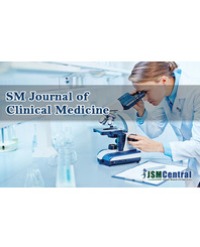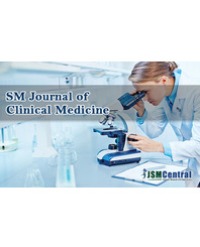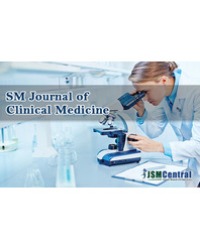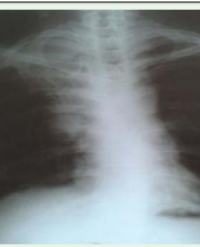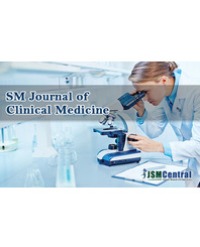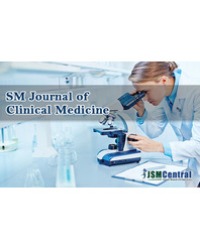Aim: We sought to determine the prevalence of Backache (BA) among pilots and the influence of the aircraft type, and factors that may be associated with it.
Methods: Pilots who had experienced BA underwent radiographic + MRI imaging. Demographics, flight experience (years), daily physical exercise, flight hours, type of aircraft as well as associated Neck Pain (NP) were assessed; data were analyzed via the Kolmogorov-Smirnov test, Student’s t-test Mann-Whitney U-test and the chi-square test.
Results: The pilots (133) had a mean age of 37.21±8.01 years. The mean ± SD of professional experience was 17.67±7.63 years; daily Physical Exercise (PE) duration in pilots with BA was 22.57±12.56 minutes and in pilots without BA was 30.20±18.38 minutes (P=0.03). A significant difference was noted in work experience, daily PE duration and flight hours among pilots with BA (P=0.002, 0.034, and 0.029 respectively). Also, there was a significant relationship of BA and NP (P=0.004).
Conclusion: Our study showed BA more common among helicopter pilots HPs but was not significant. The relationship between daily PE and flight hours among pilots with BA suggests physical exercise as an important mode of early prevention.
Sedigheh Mirhashemi1 , Mohammad Hosein Kalantar Motamedi1 *, Amir Hossein Mirhashemi2 and Hamid Reza Rasouli1
